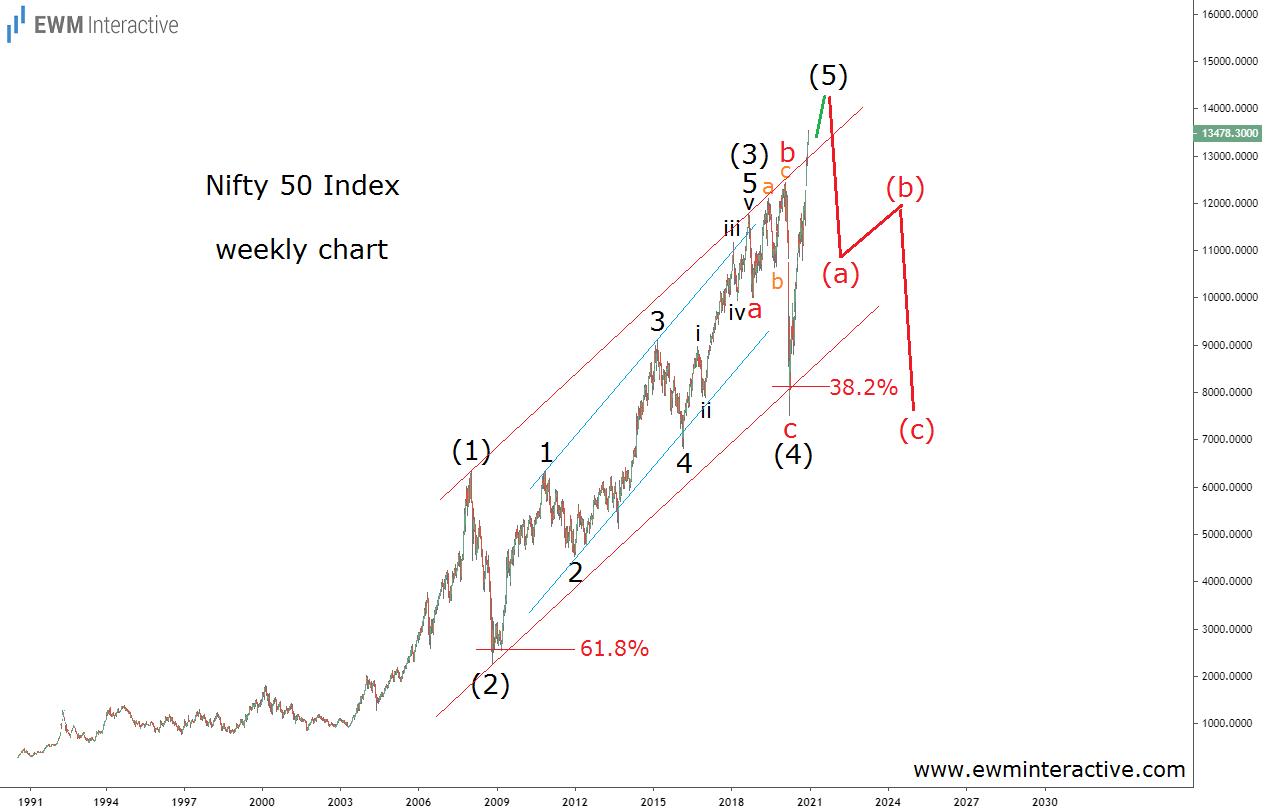

Here’s a brief overview of each option and who it’s best suited for. ETFs and CFDs are the simplest options for beginners, but there are alternatives. The different ways to invest in the NIFTY 50Īs we mentioned above, there are numerous ways to put your money into the NIFTY 50. Use that information, along with your own research, to decide when to sell the NIFTY 50 and close your position, ideally at a profit. Your trading account will show the price change in the NIFTY 50 since you bought it, so you can see your profit/loss at a glance. ETF purchases can take longer, and if you buy outside of traditional trading hours it won’t go through until the next morning. When you buy a CFD, the trade goes through more or less instantly, and you’ll be able to see your new open position in your trading account. Hit the ‘buy’ button and enter the details of your purchase, such as how much you want to spend. Sign into your trading account and search for the NIFTY 50. CFDs offer a greater range of trading options: you can use leverage, short the index, or buy and sell it outside of trading hours. ETFs are generally better suited to investors who want to passively track the NIFTY 50’s performance. This boils down to choosing between an NIFTY 50 ETF or CFD.

Trading in CFDs and generally leveraged products involves substantial risk of loss and you may lose all of your invested capital.

Investors make their own and independent decisions. The content of the website including translations should not be construed as means for solicitation. Exness does not offer services to residents of certain jurisdictions including the USA, Iran, North Korea and others.


 0 kommentar(er)
0 kommentar(er)
